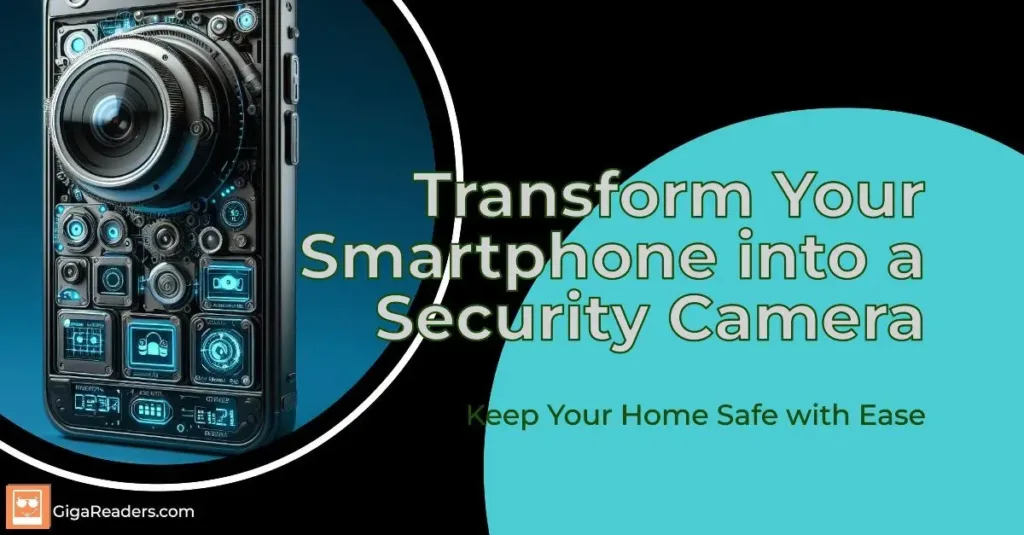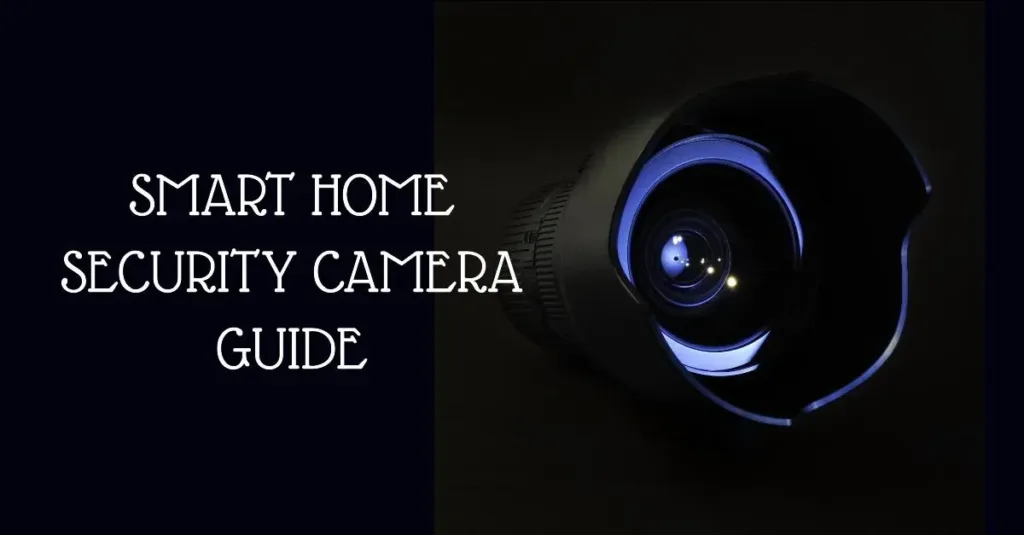The evolution of security camera technology has sparked a remarkable transformation, fundamentally altering our approach to surveillance and safety. As we delve deeper into the realm of surveillance system advancements, we encounter a landscape characterized by innovation, providing unparalleled protection and peace of mind. Advancements in security cameras, from HD video to AI analytics, reshape monitoring and security in various spaces.

Table of Contents
- Core Video Capture Technologies
- Connectivity and Storage Solutions
- Intelligent Security Features
- Emerging Trends in Security Camera Technology
- Conclusion
- FAQs
Core Video Capture Technologies
High-Definition Video Resolution
One of the most significant advancements in security camera technology is the ability to capture crystal-clear, high-definition video. Brands like Arlo and Lorex have pioneered the integration of 4K Ultra HD resolution into their security camera lineups, providing unprecedented levels of detail and clarity. With such high resolutions, even the smallest details become discernible, making it easier to identify individuals, read license plates, or spot potential threats.
Night Vision and Low-Light Capabilities
Effective surveillance isn’t limited to daylight hours. Modern security cameras are equipped with advanced night vision and low-light capabilities, ensuring round-the-clock monitoring. Companies like Swann and Hikvision have incorporated infrared (IR) technology and low-light image sensors into their cameras, enabling them to capture clear footage even in complete darkness or dimly lit environments.
Advanced Image Sensors and Processors
At the heart of any security camera lies its image sensor and processor, responsible for capturing and processing video data. Industry leaders like Sony and OmniVision have developed cutting-edge CMOS sensors that excel in low-light conditions and offer features like High Dynamic Range (HDR) for balanced exposure in high-contrast scenes. Coupled with powerful processors from companies like Ambarella and Hisilicon, these sensors ensure smooth video streaming, minimal latency, and advanced analytics capabilities.
Connectivity and Storage Solutions
Wired vs. Wireless Connectivity
Security cameras can be connected through wired or wireless means, each offering its own advantages. Wired connections, such as those offered by Reolink and Amcrest, provide unparalleled stability and reliability, making them ideal for mission-critical applications. Wireless options, on the other hand, offer greater flexibility and ease of installation, particularly for DIY enthusiasts or those with limited wiring access.
IP Camera Systems
Internet Protocol (IP) cameras have become the industry standard, allowing for seamless network connectivity and remote access. Brands like Ubiquiti and AXIS have pioneered IP camera systems that leverage Power over Ethernet (PoE) technology, simplifying installation and reducing cabling requirements. These cameras can be easily integrated into existing network infrastructures, enabling centralized management and monitoring.
Cloud Storage and Local Recording
Storage solutions for security camera footage have evolved to meet diverse needs. Cloud storage services, offered by companies like Nest and Arlo, provide convenient off-site backup and access to footage from anywhere.
Indeed, local recording options offer an alternative approach, granting users heightened privacy and greater control over data storage. Solutions like network-attached storage (NAS) devices from Synology or QNAP offer users the ability to manage their data securely and independently.
Intelligent Security Features
Motion Detection and Tracking
Motion detection has long been a staple feature of security cameras, but modern systems have taken it to new heights. Companies like Google Nest and Reolink have implemented advanced algorithms that can differentiate between people, animals, and inanimate objects, reducing false alarms and ensuring more accurate alerts. Furthermore, some cameras now offer tracking capabilities, allowing them to follow moving objects within their field of view.
AI-Powered Analytics
Artificial Intelligence (AI) has revolutionized the capabilities of security cameras, expanding their functionality beyond mere footage capture. Facial recognition technology, offered by brands like Hikvision and Dahua, can identify and track individuals, albeit with privacy implications that must be considered. Object detection algorithms can recognize vehicles, packages, or other objects of interest, while anomaly detection can identify unusual behavior patterns, such as loitering or trespassing.
Two-Way Audio Communication
Many modern security cameras incorporate two-way audio communication, allowing users to not only monitor but also interact with their surroundings. This feature, exemplified by products from Wyze and Ring, enables users to communicate with visitors or deter potential intruders, adding an extra layer of security and deterrence.
Emerging Trends in Security Camera Technology
5G Connectivity and Real-Time Monitoring
As 5G networks continue to roll out globally, security cameras are poised to leverage the low latency and high bandwidth of this technology. Companies like Dahua and Hikvision are already developing 5G-compatible security solutions that promise real-time monitoring and instant alert capabilities, revolutionizing the way we respond to potential threats.
Integration with Smart Home Ecosystems
Security cameras are increasingly becoming part of larger smart home ecosystems, seamlessly integrating with other connected devices and services. Amazon’s Ring and Google’s Nest platforms allow their cameras to work in tandem with smart locks, lights, and voice assistants, creating a unified and intelligent home security experience.
Edge Computing and Decentralized Processing
As privacy concerns surrounding cloud-based solutions continue to grow, edge computing is emerging as a viable alternative. This approach involves processing video data locally, on the camera or a nearby device, rather than transmitting it to a central server. Companies like Reolink and Amcrest are exploring edge computing solutions, offering increased data privacy and reduced bandwidth requirements.
Conclusion
The future of security camera technology is brimming with exciting possibilities. From ultra-high-definition video capture to AI-powered analytics and seamless integration with smart home ecosystems, the advancements in this field are reshaping the way we approach surveillance and security. Embracing cutting-edge technologies enhances monitoring and protection while providing invaluable insights for a safer world.
FAQs
- What is the difference between wired and wireless security cameras?
Wired security cameras connect to a network using Ethernet cables, providing a stable and reliable connection, while wireless cameras use Wi-Fi or cellular data for connectivity, offering greater flexibility but potentially lower reliability. - What is an IP camera, and how does it differ from traditional CCTV cameras?
IP cameras are network-connected cameras that transmit video footage over an IP network, allowing for remote access and integration with other systems. Traditional CCTV cameras, on the other hand, use analog signals and require dedicated video cables for each camera. - What are the benefits of cloud storage for security camera footage?
Cloud storage provides off-site backup and easy access to footage from anywhere with an internet connection. It also eliminates the need for local storage hardware and offers scalability as storage needs grow. - What is AI-powered analytics in security cameras, and how does it enhance security?
AI-powered analytics refers to the use of artificial intelligence algorithms to analyze video footage for specific events or patterns. This can include facial recognition, object detection, anomaly detection, and more, providing valuable insights and alerts for enhanced security. - How does 5G connectivity benefit security camera systems?
5G networks offer lower latency and higher bandwidth compared to previous generations of cellular technology. This allows for real-time monitoring, faster data transfer, and more responsive security systems, enabling quicker response times in the event of a potential threat.


